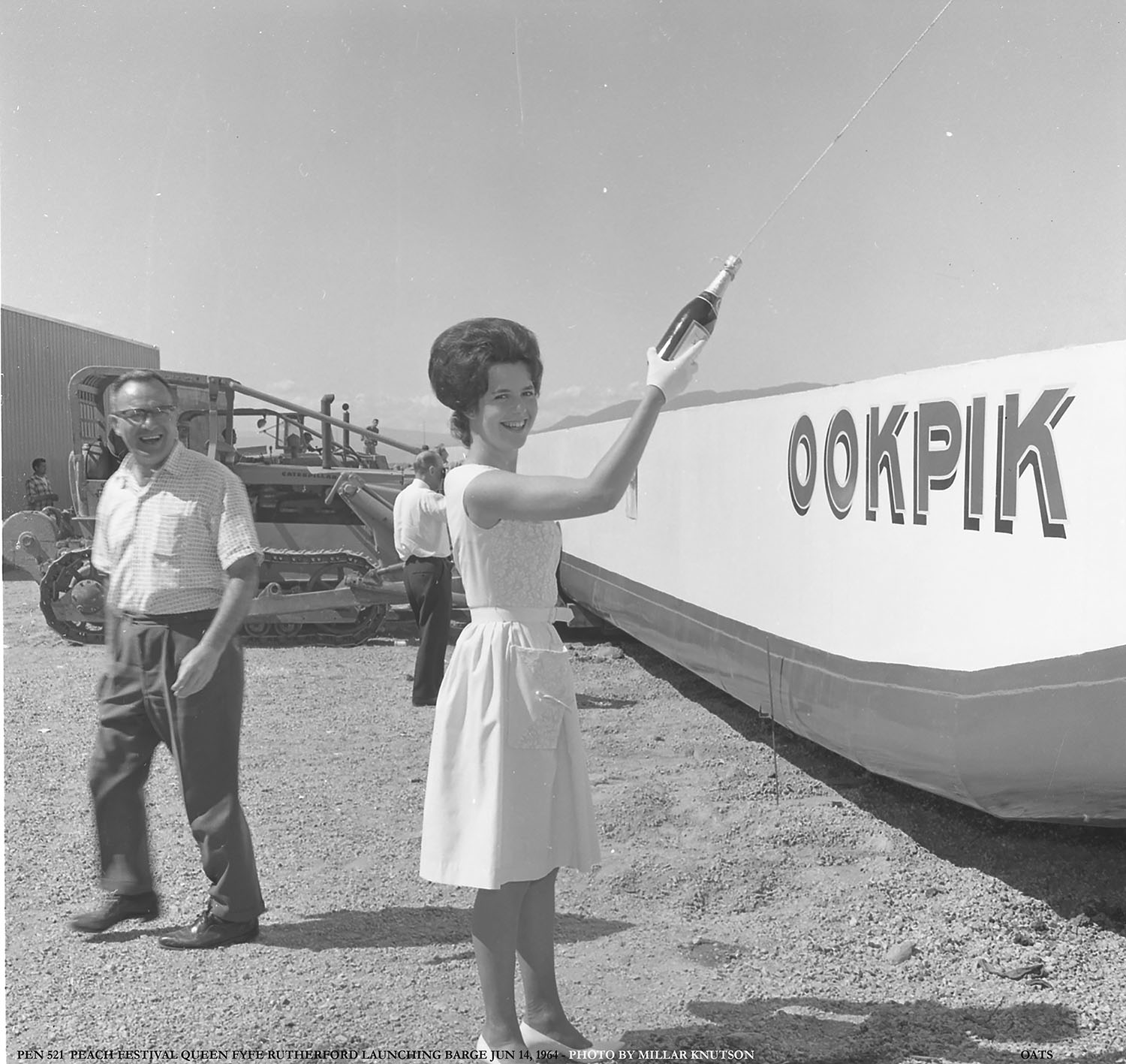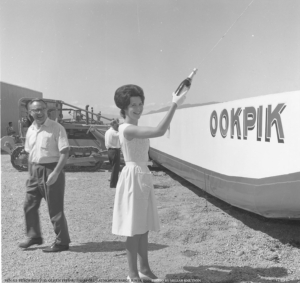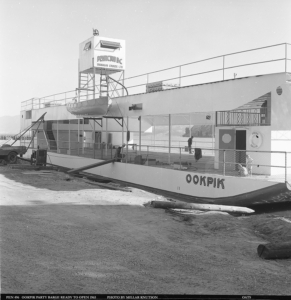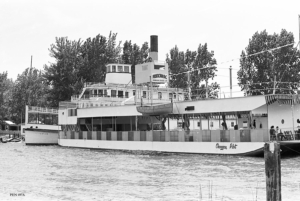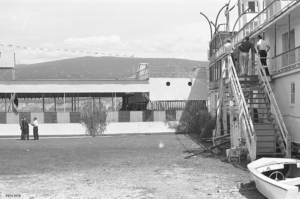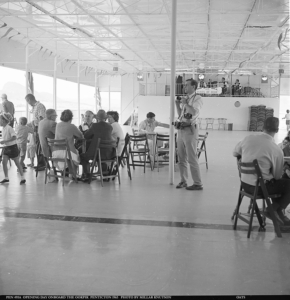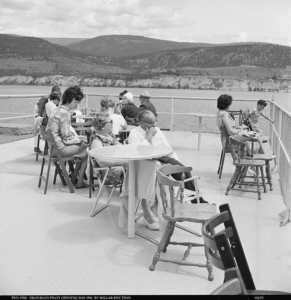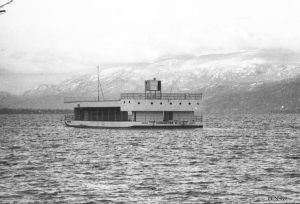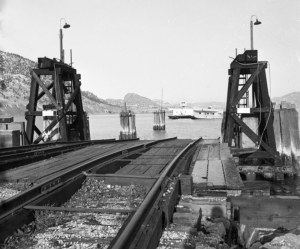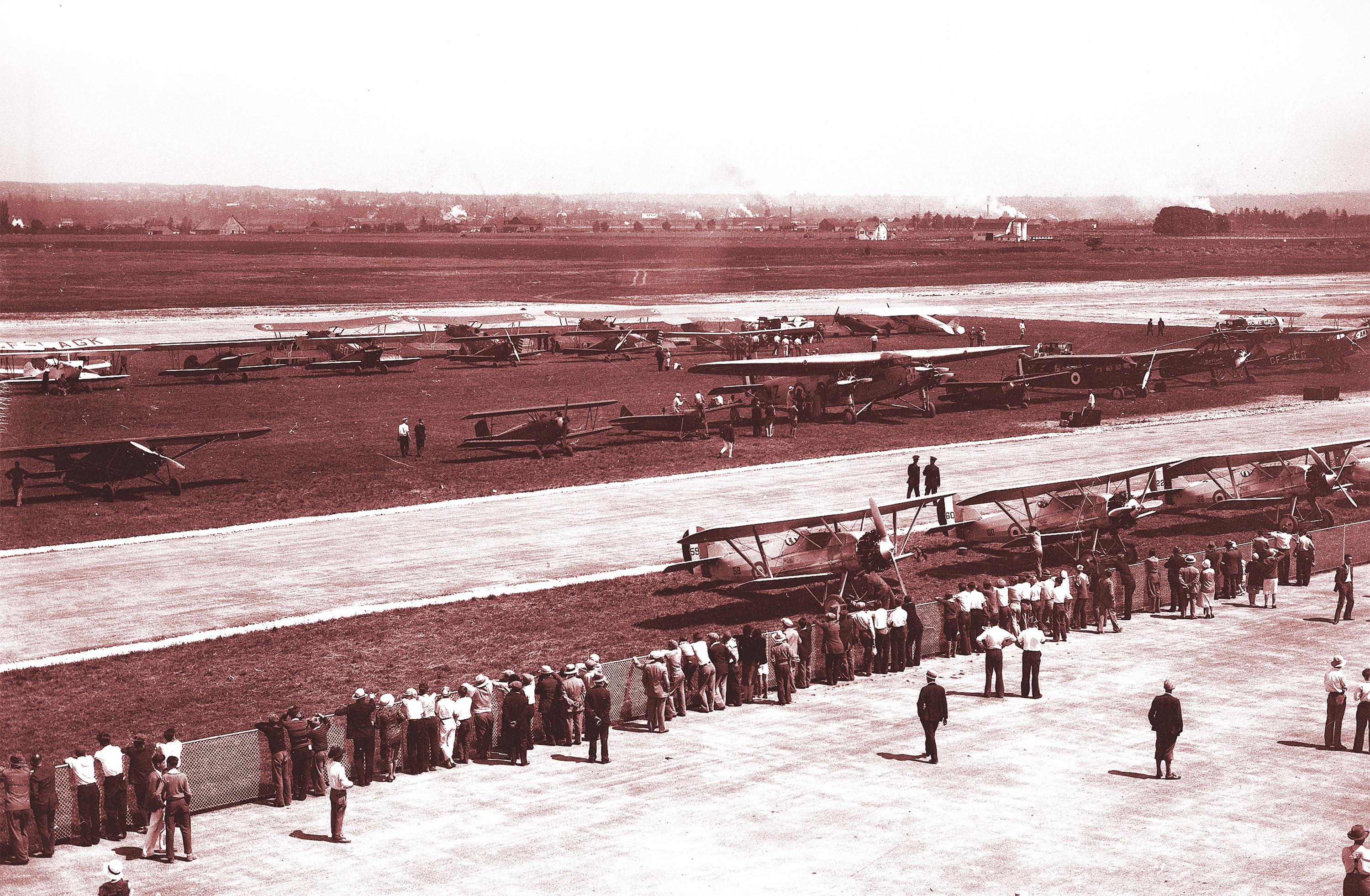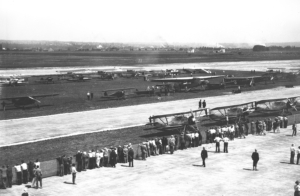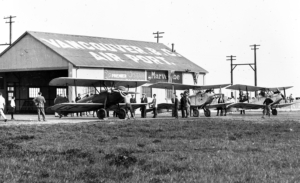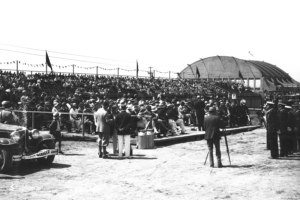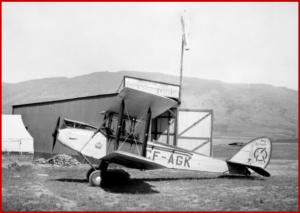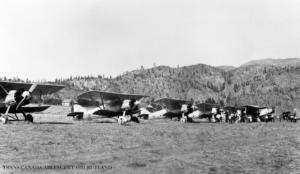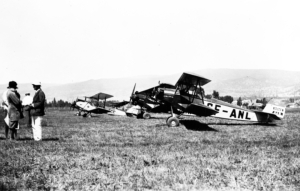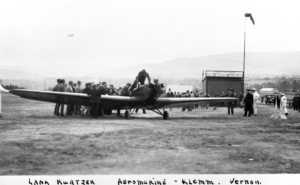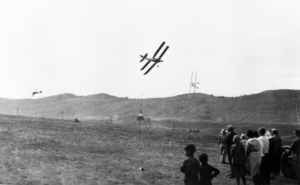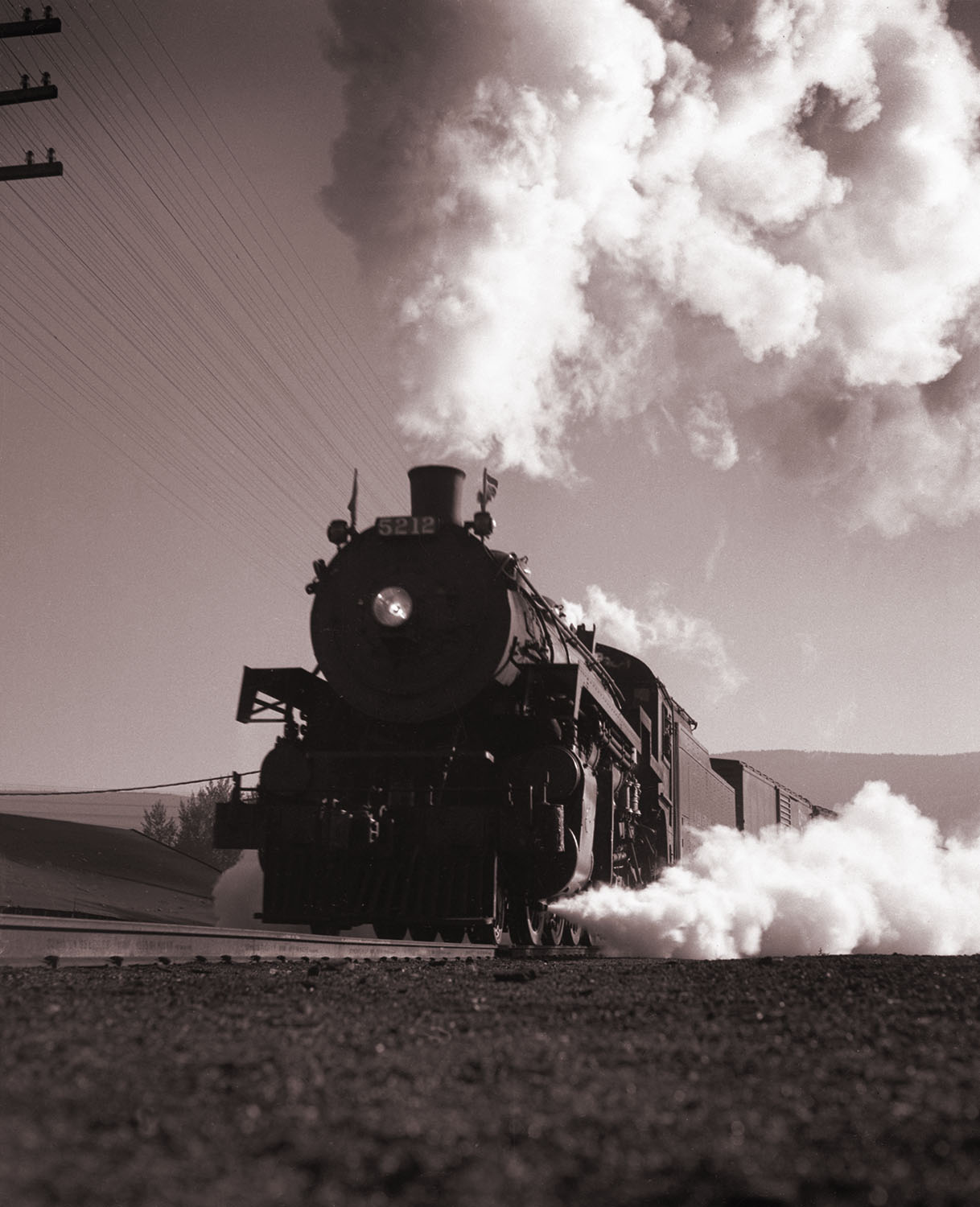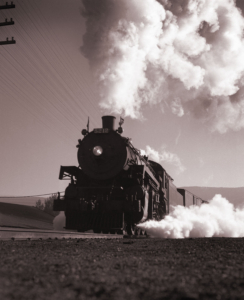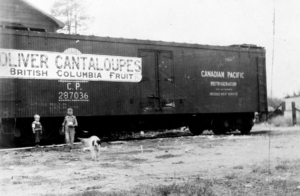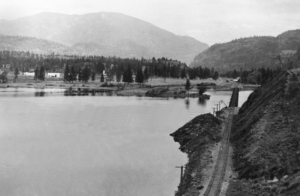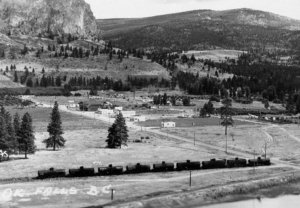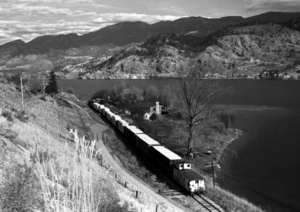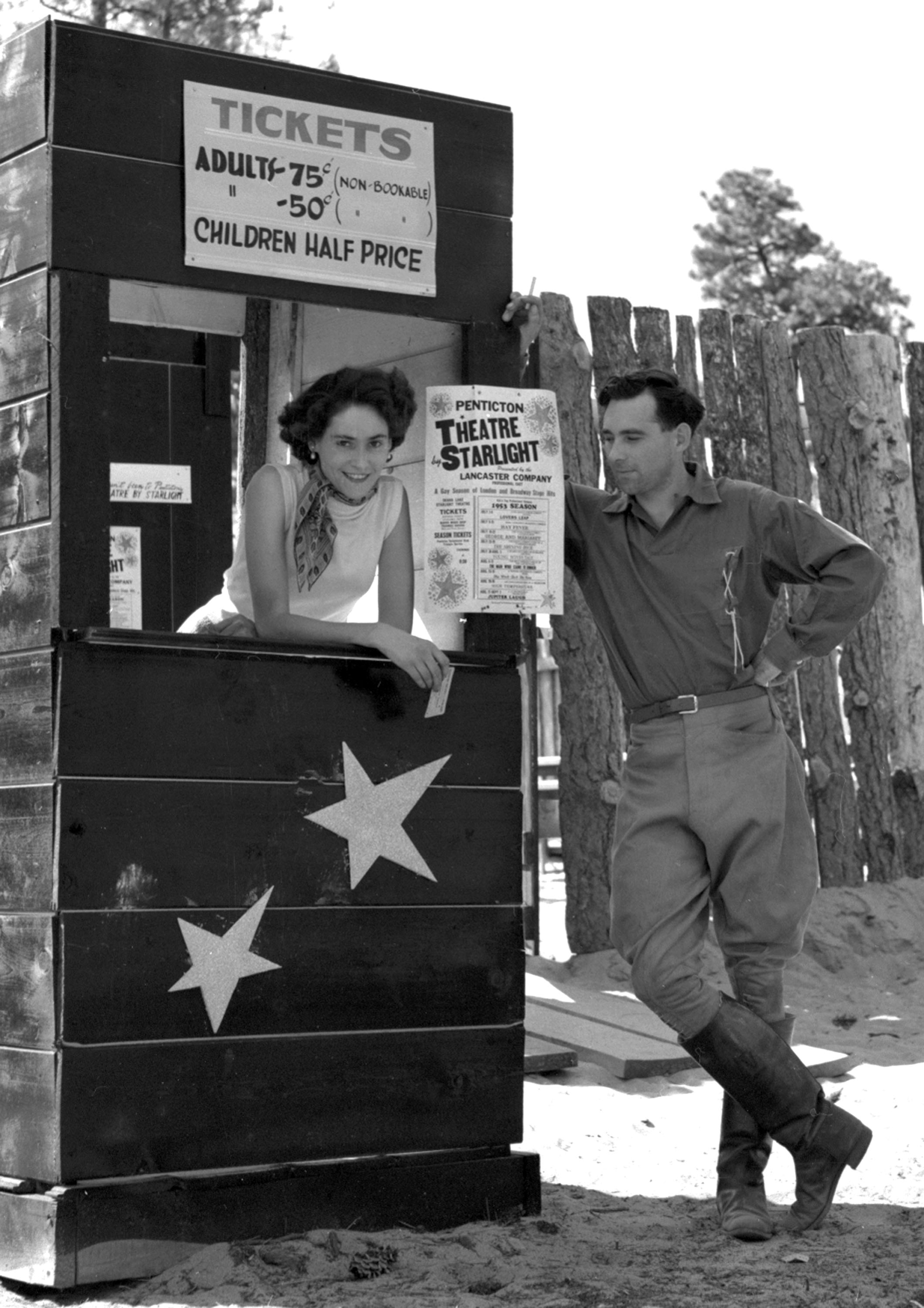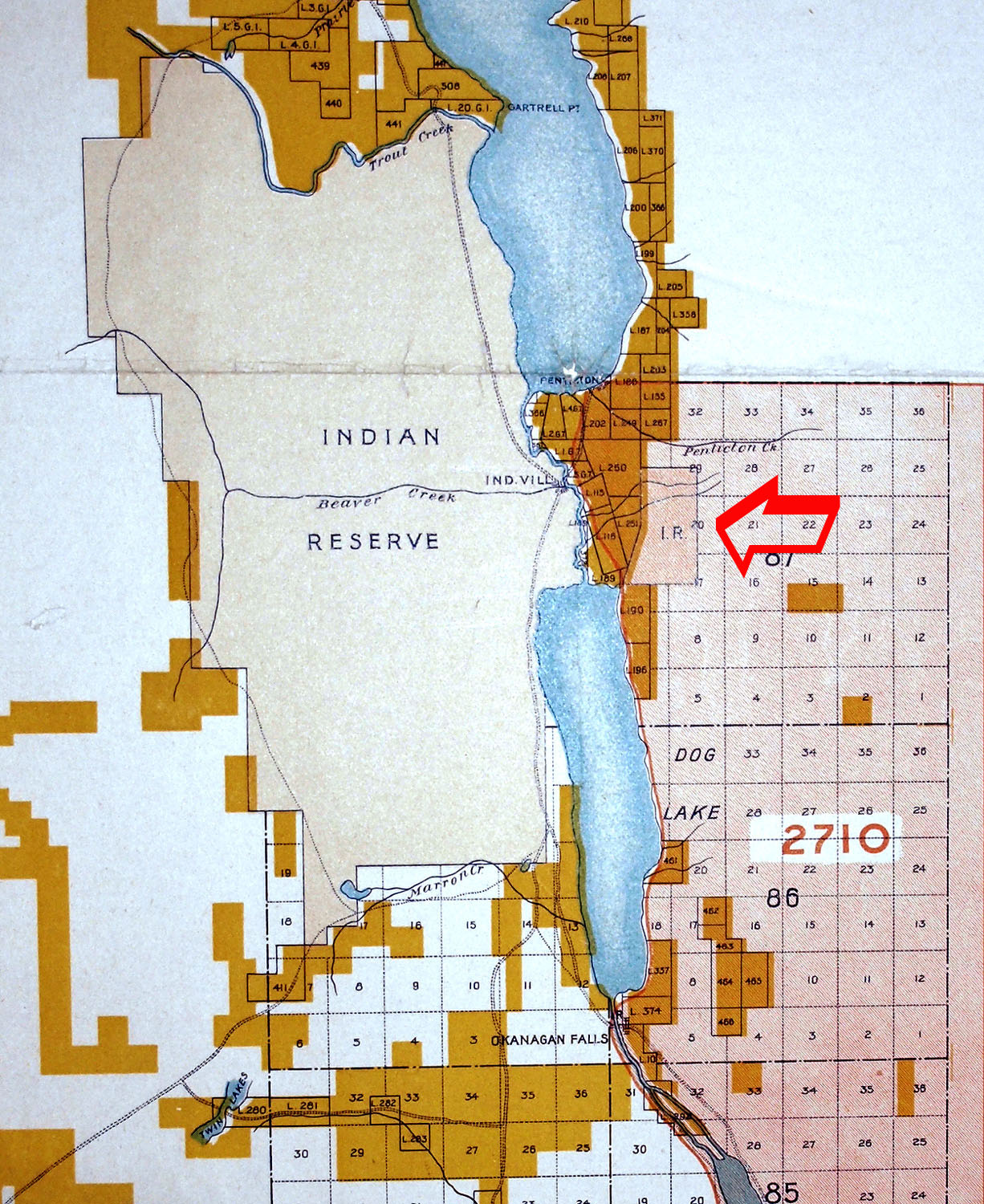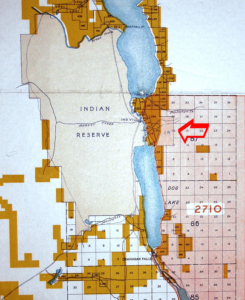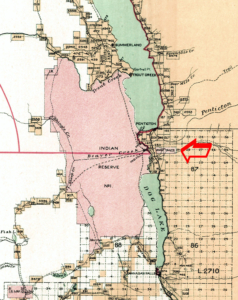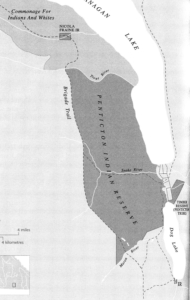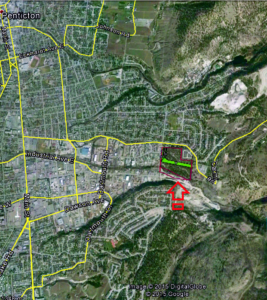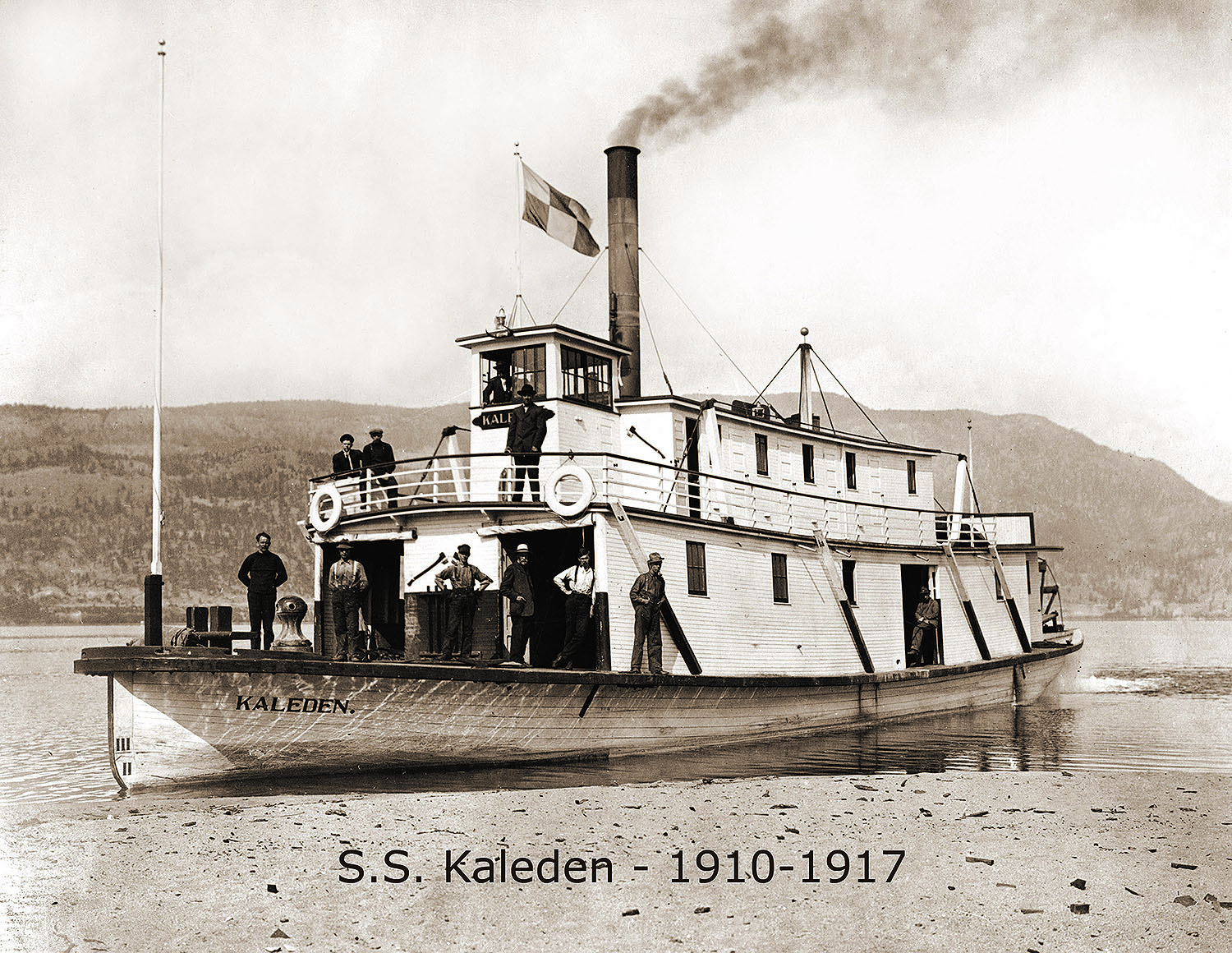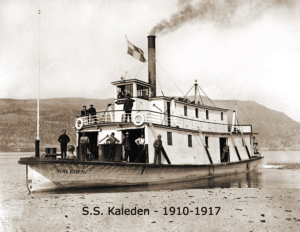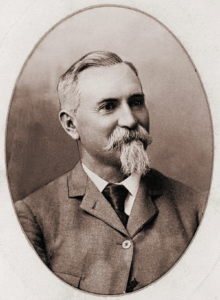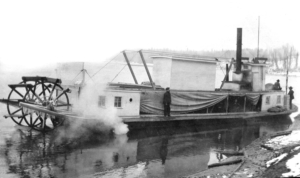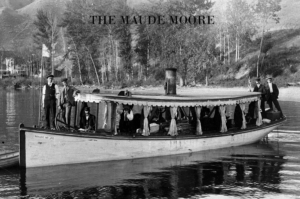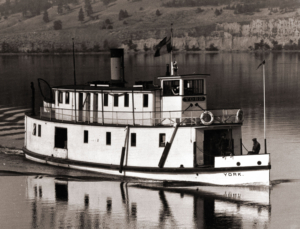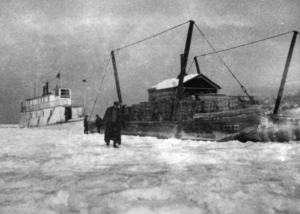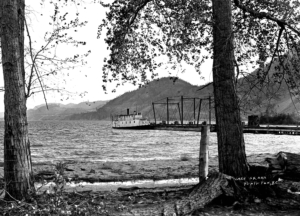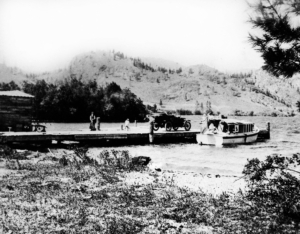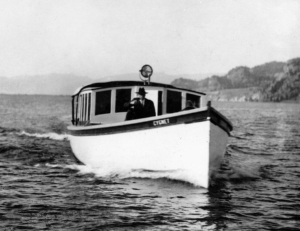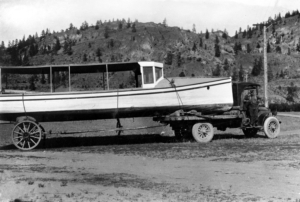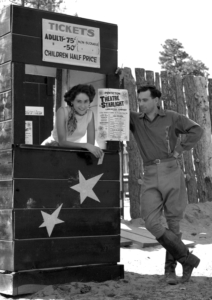
In the midst of a typical steamy summer in Penticton, the Parks Board leased a section of Skaha Beach Park to a professional theatre group from Vancouver. The Lancaster Troup that had been involved with Theatre Under the Stars brought their talents to the citizens of Penticton. Local supporters and potential thespians assisted the troupe with the construction of the stage on the sand. They opened July 24th with “Lover’s Leap”.
But it was not without controversy:
Penticton Herald June 24, 1953:
Opposition to location of the Lancaster Company’s Theatre Under the Stars at Skaha Lake was voiced by Mrs. R. B. White who appeared before City Council Monday.
Mrs. White explained that she had nothing against the theatre, or the company, but she did think it was the wrong location.
“I think residents of the area should have been consulted,” Mrs. White told council, “but already there is a big hole in the sand and scaffolding erected.”
The parking problem was Mrs. White’s main concern. She told council very definitely that she would not stand for conditions such as existed for two years running when a carnival was held in that location.
Assured by Acting Mayor Haddleton that council had only approved the theatre in principle so that residents would have opportunity to voice their objections and had referred the matter to the town planning commission. Mrs. White wondered if council had a policy in respect to the park in which the theatre is to be located.
“I think that park is one of our best tourist attractions if left in its natural slate,” she said.
Acting Mayor Haddleton assured Mrs. White that every effort would be made to have orderly parking and Mrs. White appeared resigned if not fully satisfied. Later the proposed issue was presented to council and then referred back to the parks board. At a meeting held Tuesday between the parks board and company officials, the matter was finalized and the Lancaster Company is now in business in Penticton.
Mrs. White was also concerned over litter being scattered at the beach and she suggested that receptacles should be installed at the various drive-ins and concessions.
She spoke regretfully of council’s decision to retire senior employees. “I know most of them and they are fine men and workers,” she said. “I’d like to compliment them.”
Mrs. White concluded her remarks by quietly passing along a box of cigarettes to the city clerk, a gesture of good will which was appreciated during the four hour sitting by the aldermen, civic officials, and the press and radio.
Acting Mayor Haddleton promised that Mrs. White’s suggestions would be carefully considered and that council would certainly pay tribute to its senior employees.
In regard to parking, Alderman F.C. Christian did not see any serious difficulties arising, citing the rowing regatta last year which attracted large numbers as an example.
Penticton Herald July 8, 1953:
Proposed leasing of park land at Skaha Lake to the Lancaster Theatre Company, not yet formalized, prompted close scrutiny of the Municipal Act and both council and parks board learned that under the Act, the parks board has no authority to lease park property.
Opinion of the city solicitor is that the Act is far from clear in its definition of authority, but that apparently authority rests with the City Council, although council must have the approval of the parks board.
Both groups are anxious to have this situation remedied. The parks board and council believe that an elected parks board should have the power to enter into short-term leases which has been the practice up to now.
Council now proposed to submit a resolution at the forthcoming UBCM convention seeking amendment to the Municipal Act to provide the parks board with the authority to enter into short-term leases. In the meantime to comply with the Act, a by-law is being prepared which will set up a council committee, along with three bona fide property owners who could enter into leases for park property.
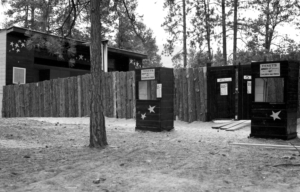
Regarding the Lancaster Theatre Company lease, a public hearing will be held in the council chambers next Monday at 7pm. A letter from Mrs. White, published in the letter column of this paper of which a copy was sent to Council, will be considered at this hearing.
The hearing is necessitated because of the proposed five-year tenure of the parks property to be leased to the company, although council is not obligated to act on the opinions expressed at the hearing.
THE LETTER –
The Editor,
As longtime residents of Penticton, and as taxpayers for the past 17 years, we would like to bring to the attention of your readers an item in the “legal” column of your paper regarding leasing of park property. The following questions might be worth consideration: From personal experience we know that it is very difficult for local service clubs and organi-zations to obtain use of parks for activities, yet a commercial organization can obtain a lease for a large section at a nominal rental.
We understood that a removable building was to be erected and what appeared to be the stages from Queen’s Park were brought out to Skaha Lake park. Since then a very permanent building has been built round them. Who owns this building, and who is paying for this construction?
If the building remains on the park for the entire year, is the city to receive rent for twelve months, or only for summer months?
Will the upkeep of the building be a matter for the parks board or the leasee? Who is to be the judge of the amount of painting and repairs necessary each year?
Plus has any consideration been given to the fire hazard represented by an empty frame building standing in a grove of large trees in a very windy section of the city miles from the fire hall and fire hydrants? Can large sections of our city parks be leased just as easily? For the information of the citizens of Penticton we feel these questions should be answered.
Mr and Mrs. V. “Jack “ White
Penticton Herald July 15, 1953:
Opposition of some residents at Skaha Lake to renting park land to the Lancaster Theatre Company for Penticton’s Theatre Under the Stars failed to influence City Council on Monday and, with full approval of the parks board, three of whom were present, the lease renting the 7,200 square feet of land, adjacent to the Skaha Lake tennis courts, was given final reading.
The lease gives the Lancaster Company possession of the theatre site until September 3 this year with option of renewal to and including 1958, from June 23 to September 3 each year.
OBJECTIONS AIRED
The company will pay $35 a week rental this year, with the parks board taking an extra bite if the lease is renewed, provision is being made for payment to the board of three-and-a-half percent of theatre revenues over and above $1,000 in future seasons.
The leasees are obliged to keep the area clean, not to extend performances beyond midnight and, if so requested by the parks board, to remove all buildings and fences and level off the site at the end of each season.
Objection to granting of the lease was voiced by Mrs. R. B. White and J.V. White, with Dr. D. C. Boyd and C. L. Sharp supporting Miss Monica Dudley of the Lancaster Theatre Company in advocating the granting of the lease.
Mr. White, as did Mrs. White, emphasized that he was not objecting to the theatre but to its location. He questioned how far leasing of public parks was going to go.
CATTLE CORRAL
Mr. White also wanted to know if the buildings, being public buildings, should be fireproofed and he asked if they were going to be taken down each fall – “They look permanent to me,” he said.
Mrs. Dudley asked Mr. White what objections he had to the buildings remaining on the site and received the answer from Mr. White. “They are not very nice buildings.
Mrs. R. B. White then stood up to say, “It is nothing but a cattle corral. If the buildings stay there through the winter they’ll be playgrounds for children. It is the only piece of land in the town that can be made a decent park,” she declared.
The bark fence was termed an “eyesore” by Mrs. White, and, she asserted, “Everybody is laughing at it.”
Mrs. Dudley said the company was prepared to take the fence down at the end of the season, but Mrs. White remained firm in her opinion. “It is a park,” she said, “and should not be rented to anyone.”
Dr. Boyd drew attention to the service clubs in the city which had got behind the company and whose members had volunteered their labor to building of the theatre. “The theatre is a tremendous tourist attraction,” Dr. Boyd declared.
To Mr. White’s statement in the letter published in last week’s Herald, that the rent was only nominal, Dr. Boyd declared it far from a nominal sum and beyond that, he said, the company paid $120 for a trade license.
Mr. White wanted to know why the bandshell at Gyro Park wasn’t rented to the company. “Why lease a natural park?” he asked.
Dr. Boyd then disclosed that efforts had been made to secure the Gyro Park bandshell, “Which would have made things easier,” but the parks board would not agree to use of the bandshell.
Alex McNicoll, speaking for the parks board, stated that, “The board was trying to act in the best interest of all the citizens of Penticton and not of any selected area.”
CITY’S TRAGEDY
Alderman F. C. Christian came out flatfooted for the theatre. “The tragedy in Penticton is that private houses have been allowed to be established on our shorelines,” he said.
“Public use should be ahead of private use. Groups have been discouraged in the past and Penticton has lost by it. I can’t see anything wrong with this theatre which is providing excellent entertainment. I can’t see any validity to these objections.”
Mrs. White conceded that there seemed to be no parking problem, such as she had feared.
Alderman Wilson Hunt joined the discussion to suggest that the buildings should be made presentable and some landscaping done. “A raw building in the middle of the lot is not my idea of beauty,” Alderman Hunt said.
Assurance was given that steps would be taken along the lines suggested by Alderman Hunt and the hearing was closed.
Later, with the bylaw up for final reading, Alderman J. G. Harris expressed some concern over the apparent change from the original intent of temporary structures. He questioned who would be responsible for cleaning up if the buildings were left standing and if the company did not take up the option in January.
General opinion, however, was that the lease gave adequate powers to the parks board.
In regard to parking the city engineer was instructed to keep an eye on the situation and was instructed, if necessary, to provide for parking on only one side of the street in the theatre area.
Penticton Herald July 15, 1953:
An audience of over 50 people braved the rain Monday evening to see the Company’s presentation of “Hay Fever” in the Theatre by Starlight at Skaha Lake.
Starting tomorrow the company presents “George and Margaret,” the cast which will include Sheila Reed, of the Penticton Players’ Club.
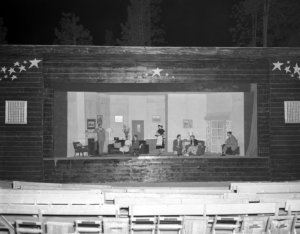
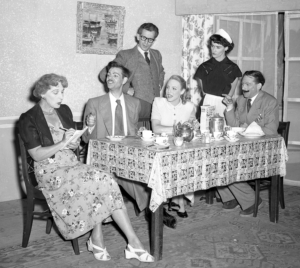
Penticton Herald July 29, 1953:
“Young Wives’ Tale” Brings Comedy Back to Local Starlight Theatre Three local actresses will be featured in the Lancaster Theare Company play next week when the Theatre by Starlight group once again turns to comedy for its weekly presentation.
Tonight is the last night for the romantic drama, “The Shining Hour” and tomorrow will see the curtain rise on, “Young Wives’ Tale” by Ronald Jean.
Rosemary Myerhoff, who appeared with the company in “Hay Fever” makes her second appearance, this time as Eve. Joyce Leir will play the part of Nurse Blott and Margaret Dewdney is cast as the unnamed German woman.
Beginning this week, the Lancaster Company is providing transportation to Skaha Lake. Each evening at 8:15 a free taxi service
will leave from the corner of Wade Avenue and Main Street and be in operation to return patrons to the starting point after the show.
Theatre by Starlight continued success on the beach at Skaha Park through 1960.
In 1964, Jim Onley joined with Penticton Summer Theatre and built an outdoor stage in Riverside Park where Loco Landing is today, and continued the venue for several years.
This article shows the continuous questions of the use of Skaha Park by private enterprise. As it was then is still pertinent today.
I want to thank Glenda Emerson for her research with the Herald microfilm files. Editor
